Difference between revisions of "Lizard leather"
| (15 intermediate revisions by one user not shown) | |||
| Line 5: | Line 5: | ||
==Lizard leather== | ==Lizard leather== | ||
| − | Lizards | + | Lizards are eponymous with four-legged reptiles with long tails and rather short necks. The [[Hide - Skin|skin]] of lizards, like the skin of [[crocodile leather|crocodiles]] and [[Snakeskin|snakes]], belongs to the family of [[Reptile leather|reptiles]]. |
| − | + | Larger animals are sought after for manufacturing leather as their skin is more stable and larger surfaces are [[Leather cutting|easier to process]]. Lizards' skins are characterised by closely spaced lumpy scales. The skin is thinner and more sensitive at the points where the lumps meet. | |
The main purpose of lizard leather is the production of [[Leather handbags|handbags]] and [[leather shoes|shoes]]. | The main purpose of lizard leather is the production of [[Leather handbags|handbags]] and [[leather shoes|shoes]]. | ||
| + | |||
| + | Gone are the days when lizard leather wasn't viewed critically. Exotic leathers are no longer flagship leathers these days. The killing of animals just for the skin is no longer accepted by the majority from the point of view of [[Leather sustainability and traceability|animal welfare]], and also from the point of view of [[CITES - Convention on International Trade in Endangered Species of wild fauna and flora|species protection]], fewer and fewer consumers adorn themselves with an object made of exotic leather. | ||
==Iguana leather== | ==Iguana leather== | ||
| − | + | Iguanas are found on the American continents from the South of the USA to Paraguay, as well as the Caribbean islands, the Galápagos Islands and the Fiji Islands. Up until the Wall Street Crash of 1928, iguana leather was a sign of luxury. | |
| + | |||
<p align=center> | <p align=center> | ||
| Line 27: | Line 30: | ||
</p> | </p> | ||
<p align=center> | <p align=center> | ||
| − | '' | + | ''Iguana leather in a [[car leather|Mercedes]] of 1928.''<br></p> |
<p> </p> | <p> </p> | ||
| − | + | <p align=center> | |
| + | [[bild:Lizard-leather-Mercedes-1928.jpg|500px]] | ||
| + | </p> | ||
| + | <p align=center> | ||
| + | [[bild:Lizard-leather-Mercedes-1928-02.jpg|500px]] | ||
| + | </p> | ||
| + | <p align=center> | ||
| + | ''Reptile leather in a [[car leather|Mercedes]] of 1928.''<br></p> | ||
| + | <p> </p> | ||
| + | |||
| + | [[Car leather|Leather seats]] in vehicles was fashionable among the rich in the years 1926-1928. At this time, several French highly-specialized carriages had created interior fittings from reptile leather for some particularly expensive individual pieces (Bugattis, Mercedes, etc.). Certain [[snakeskin|snake species]] as well as reptile skins were used. The small pieces of lizard leather were processed like "patchwork" to larger surfaces. Up to 400 lizard skins were processed for one vehicle. This fashion was very quickly over with the stock market crash of 1928. | ||
| Line 42: | Line 55: | ||
</p> | </p> | ||
<p align=center> | <p align=center> | ||
| − | [[bild: | + | [[bild:Iguana leather-01.jpg|250px]] |
| − | [[bild: | + | [[bild:Iguana leather-02.jpg|250px]] |
</p> | </p> | ||
<p align=center> | <p align=center> | ||
| Line 49: | Line 62: | ||
[[bild:Leguan-Handtasche-14.jpg|250px]] | [[bild:Leguan-Handtasche-14.jpg|250px]] | ||
</p> | </p> | ||
| − | |||
| − | |||
<p align=center> | <p align=center> | ||
[[bild:Leguan-Handtasche-04.jpg|250px]] | [[bild:Leguan-Handtasche-04.jpg|250px]] | ||
| Line 56: | Line 67: | ||
</p> | </p> | ||
<p align=center> | <p align=center> | ||
| − | '' | + | ''Iguana leather [[leather handbags|handbags]] with [[Taxidermy - Hunting trophies - Mounted animals|animal heads]].''<br></p> |
<p> </p> | <p> </p> | ||
| Line 64: | Line 75: | ||
</p> | </p> | ||
<p align=center> | <p align=center> | ||
| − | '' | + | ''Iguana leather [[leather handbags|handbag]] with [[Taxidermy - Hunting trophies - Mounted animals|animal head]] ([[Leather museum|DLM - German leather museum in Offenbach]]).''<br></p> |
<p> </p> | <p> </p> | ||
| − | |||
==Monitor lizard== | ==Monitor lizard== | ||
| − | + | There are about 79 species of monitor lizards native to the tropical and subtropical areas of Africa, Asia and Australia. | |
| Line 76: | Line 86: | ||
</p> | </p> | ||
<p align=center> | <p align=center> | ||
| − | '' | + | ''Monitor lizard leather ([[Leather museum|DLM - German leather museum in Offenbach]]).''<br></p> |
<p> </p> | <p> </p> | ||
| + | <p align=center> | ||
| + | [[bild:Monitor Lizard Leather 02.jpg|500px]] | ||
| + | </p> | ||
<p align=center> | <p align=center> | ||
[[bild:Waran03.jpg|250px]] | [[bild:Waran03.jpg|250px]] | ||
| Line 84: | Line 97: | ||
</p> | </p> | ||
<p align=center> | <p align=center> | ||
| − | '' | + | ''[[Leather grain - Grain side]] of the monitor lizard skin and leather.''<br></p> |
<p> </p> | <p> </p> | ||
| Line 92: | Line 105: | ||
</p> | </p> | ||
<p align=center> | <p align=center> | ||
| − | ''[[ | + | ''Monitor lizard leather [[Leather handbags|handbag]] (right [[Leather museum|DLM - German leather museum in Offenbach]]).''<br></p> |
<p> </p> | <p> </p> | ||
| Line 99: | Line 112: | ||
</p> | </p> | ||
<p align=center> | <p align=center> | ||
| − | ''[[ | + | ''[[Leather shoes|Shoes]] made of monitor lizard leather.''<br></p> |
<p> </p> | <p> </p> | ||
| − | ==Teju | + | ==Teju leather== |
| − | + | The Teju lizard has a length of about 1.50 meters and a a weight of about 7 kilos. The Teju lizard is widely spread throughout South America. Especially in Argentina, Paraguay, Uruguay (Lagarto) and Brazil. | |
| Line 114: | Line 127: | ||
</p> | </p> | ||
<p align=center> | <p align=center> | ||
| − | ''Teju | + | ''Teju lizard in Brazil and Argentina.''<br></p> |
<p> </p> | <p> </p> | ||
| Line 125: | Line 138: | ||
</p> | </p> | ||
<p align=center> | <p align=center> | ||
| − | ''Teju | + | ''Teju lizard leather.''<br></p> |
<p> </p> | <p> </p> | ||
| Line 131: | Line 144: | ||
<br> | <br> | ||
<p align=center> | <p align=center> | ||
| − | <flashow> | + | <flashow>//www.youtube.com/v/-tJtZmJCWLw&fs=1&color1=0x660000&color2=0x550000&border=1|width=500|height=281,25</flashow> |
</p> | </p> | ||
<p align=center> | <p align=center> | ||
''[[Exotic leather|Leather of different animal species - Exotic leather]]'' | ''[[Exotic leather|Leather of different animal species - Exotic leather]]'' | ||
</p> | </p> | ||
| − | |||
| − | |||
| − | |||
Latest revision as of 12:26, 28 March 2023
Contents
Lizard leather
Lizards are eponymous with four-legged reptiles with long tails and rather short necks. The skin of lizards, like the skin of crocodiles and snakes, belongs to the family of reptiles.
Larger animals are sought after for manufacturing leather as their skin is more stable and larger surfaces are easier to process. Lizards' skins are characterised by closely spaced lumpy scales. The skin is thinner and more sensitive at the points where the lumps meet.
The main purpose of lizard leather is the production of handbags and shoes.
Gone are the days when lizard leather wasn't viewed critically. Exotic leathers are no longer flagship leathers these days. The killing of animals just for the skin is no longer accepted by the majority from the point of view of animal welfare, and also from the point of view of species protection, fewer and fewer consumers adorn themselves with an object made of exotic leather.
Iguana leather
Iguanas are found on the American continents from the South of the USA to Paraguay, as well as the Caribbean islands, the Galápagos Islands and the Fiji Islands. Up until the Wall Street Crash of 1928, iguana leather was a sign of luxury.
Iguana leather in a Mercedes of 1928.
Reptile leather in a Mercedes of 1928.
Leather seats in vehicles was fashionable among the rich in the years 1926-1928. At this time, several French highly-specialized carriages had created interior fittings from reptile leather for some particularly expensive individual pieces (Bugattis, Mercedes, etc.). Certain snake species as well as reptile skins were used. The small pieces of lizard leather were processed like "patchwork" to larger surfaces. Up to 400 lizard skins were processed for one vehicle. This fashion was very quickly over with the stock market crash of 1928.
Iguana leather handbags with animal heads.
Iguana leather handbag with animal head (DLM - German leather museum in Offenbach).
Monitor lizard
There are about 79 species of monitor lizards native to the tropical and subtropical areas of Africa, Asia and Australia.
Monitor lizard leather (DLM - German leather museum in Offenbach).
Leather grain - Grain side of the monitor lizard skin and leather.
Monitor lizard leather handbag (right DLM - German leather museum in Offenbach).
Shoes made of monitor lizard leather.
Teju leather
The Teju lizard has a length of about 1.50 meters and a a weight of about 7 kilos. The Teju lizard is widely spread throughout South America. Especially in Argentina, Paraguay, Uruguay (Lagarto) and Brazil.
Teju lizard in Brazil and Argentina.
Teju lizard leather.
Video about leather of different animal species
Leather of different animal species - Exotic leather
Other exotic leather
- Alligator leather
- Alpaca fur
- Antelope leather
- Armadillo leather
- Bird leather
- Bull testicles
- Caiman leather
- Camel leather
- Carpincho leather
- Cat fur
- Chicken leather
- Crocodile leather
- Dog leather
- Donkey leather
- Elephant leather
- Fish leather: Eel, shark, salmon, moray eel, stingray and many others
- Frog leather - Toad leather
- Giraffe leather
- Hippo Leather
- Horsehide - Horse leather
- Kangaroo leather
- Llama Fur
- Ostrich leather
- Pangolin leather
- Peccary leather
- Rumen leather
- Sealskin leather
- Snakeskin
- Turtle skin
- Walrus leather
- Yak leather
- Zebra hide







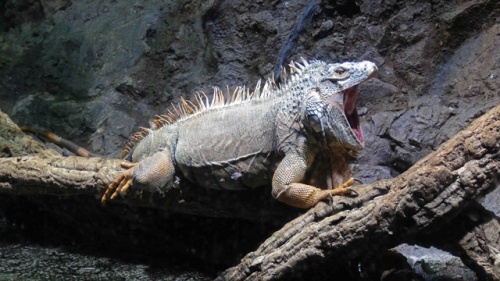

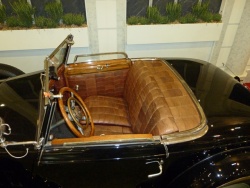
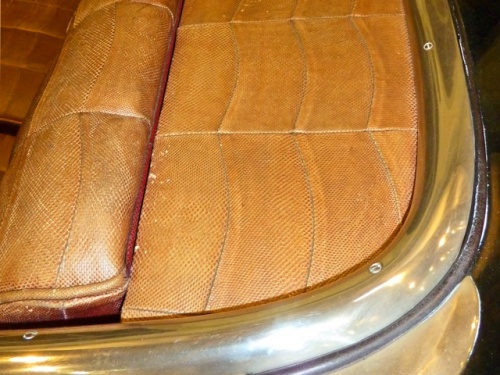
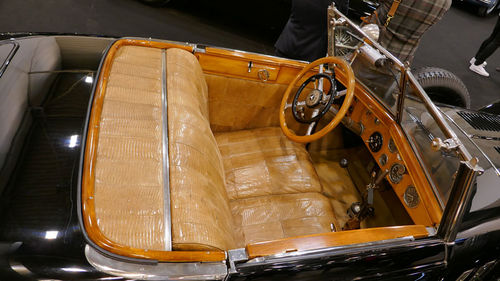
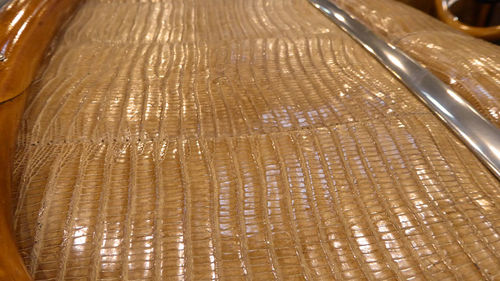
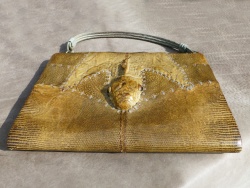
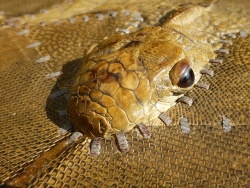
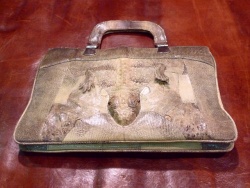
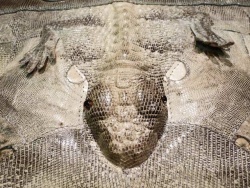
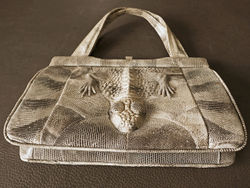
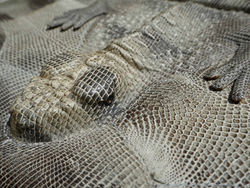
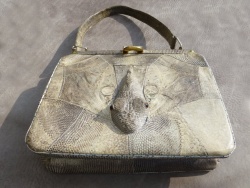
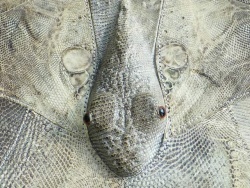
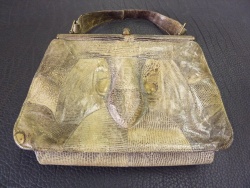
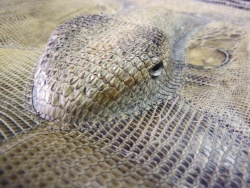
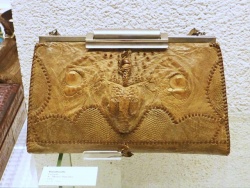
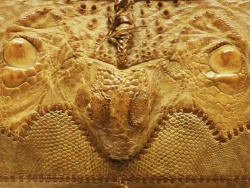
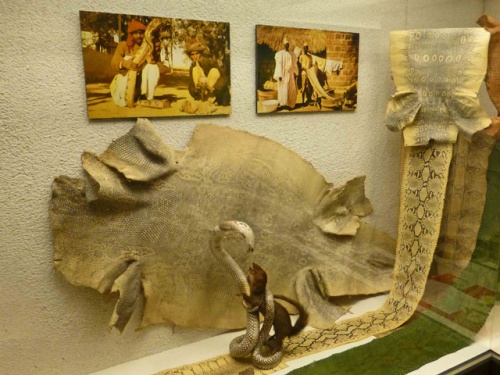
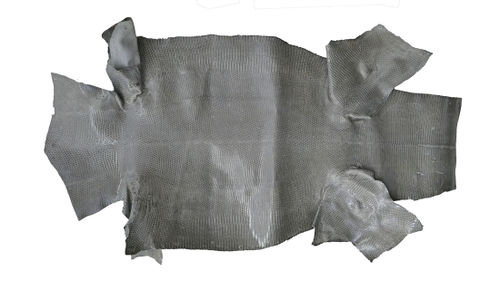
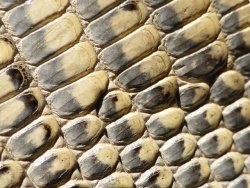
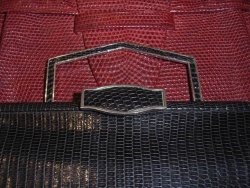
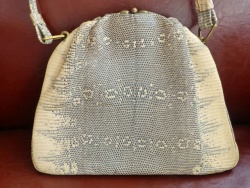
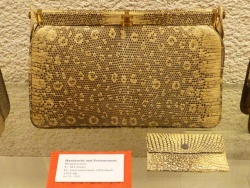
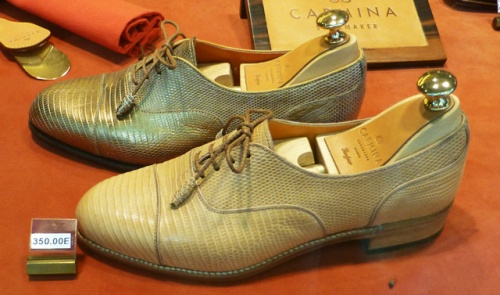
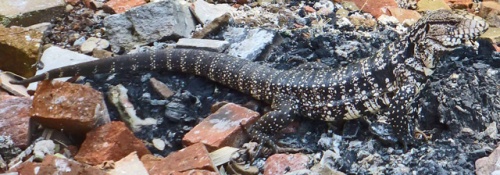
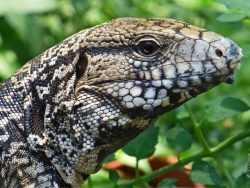
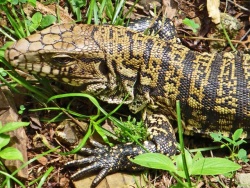
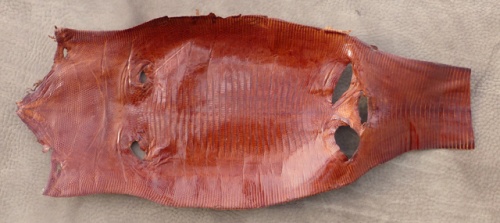


 a kotori web solution
a kotori web solution